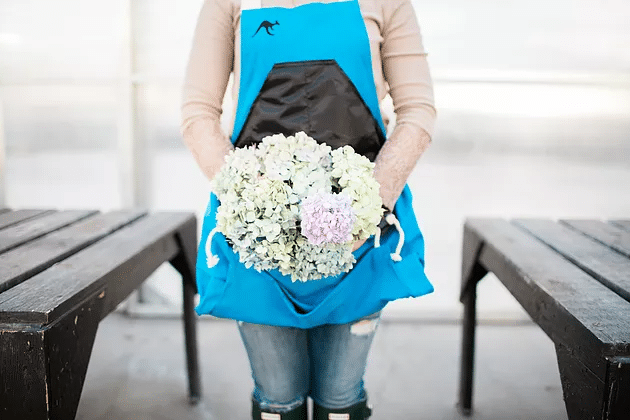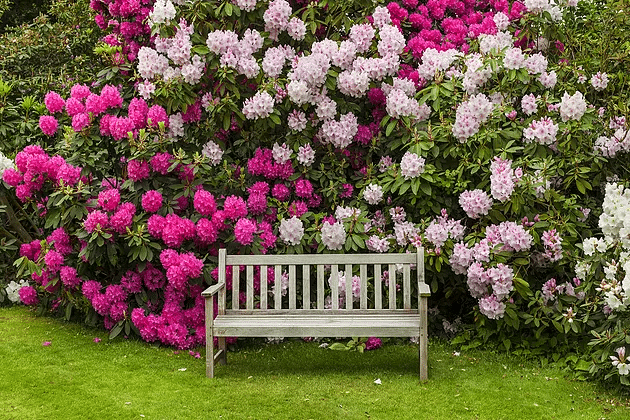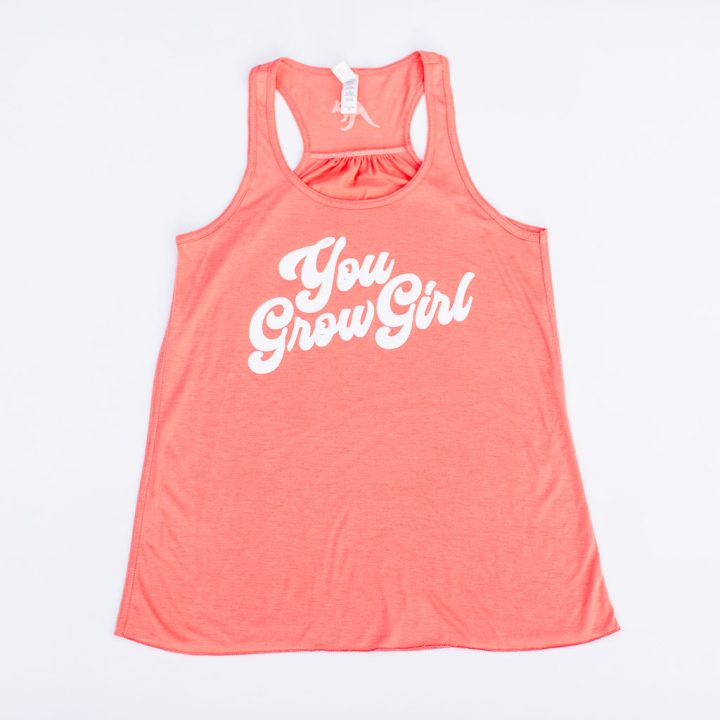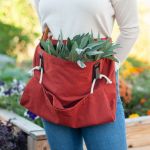
If you are fortunate enough to have hydrangea and rhododendrons blooming in your yard, you know what I mean when I say “its hard to look away!”. The colors that each of these plants produce and the blooms are stunning! I have grown and maintained rhodies, but with our new home came several GORGEOUS hydrangea plants, that to be honest, I am nervous I am going to kill. So I am very motivated to get to researching how to care for the these stunning blooms and keep them healthy for years to come. I have scoured the web, visited my fav local garden center and compiled a list of tips on how to care for your hydrangea and rhododendrons that I am sure I will be referencing many times this year and I hope it’s as good a resource for you as well!
hydrangea

Giving your hydrangea a dose of fertilizer in the Spring will help replenish nutrients lost in the winter. Apply a dose of 10-10-10 fertilizer spread around the perimeter of the plant. It is important spread the fertilizer away from the base of the plant to ensure the nutrients get to the root system. Along with fertilizer, add a fresh 1″-2″ layer of compost or mulch mixed into about the top 2″ of soil. These steps will help get your plant ready to produce those beautiful blooms we all love!

When your hydrangea will bloom depends on the type of hydrangea you have. Not sure? Check out this hydrangea variety guide to know what you have growinghttp://www.hydrangeashydrangeas.com/identify.html. Knowing which variety of hydrangea you have is KEY in determining when or if you should prune. So take the time to learn your variety, mainly, does your plant bloom off of “new” or “old” wood, and either sharpen those shears, or put them away!
rhododendron

Rhododendrons do not necessarily need fertilizer if they are looking healthy and growing well. Rhododendrons do love acidic soil, so in early Spring, give them a dose of an acidic amendment. Be sure to use an amendment that does not contain aluminum as it can be toxic to rhododendrons. I like this one by G&B Organics:

Applying additional mulch in the Spring is also something your rhodies will love. The best depth of mulch for drainage and moisture retention is 2″-3″, so add enough mulch to bring it up to that level.

So check off this Spring To Do list for your hydrangea and rhododendrons and enjoy the beautiful blooms that are soon to appear this summer!




